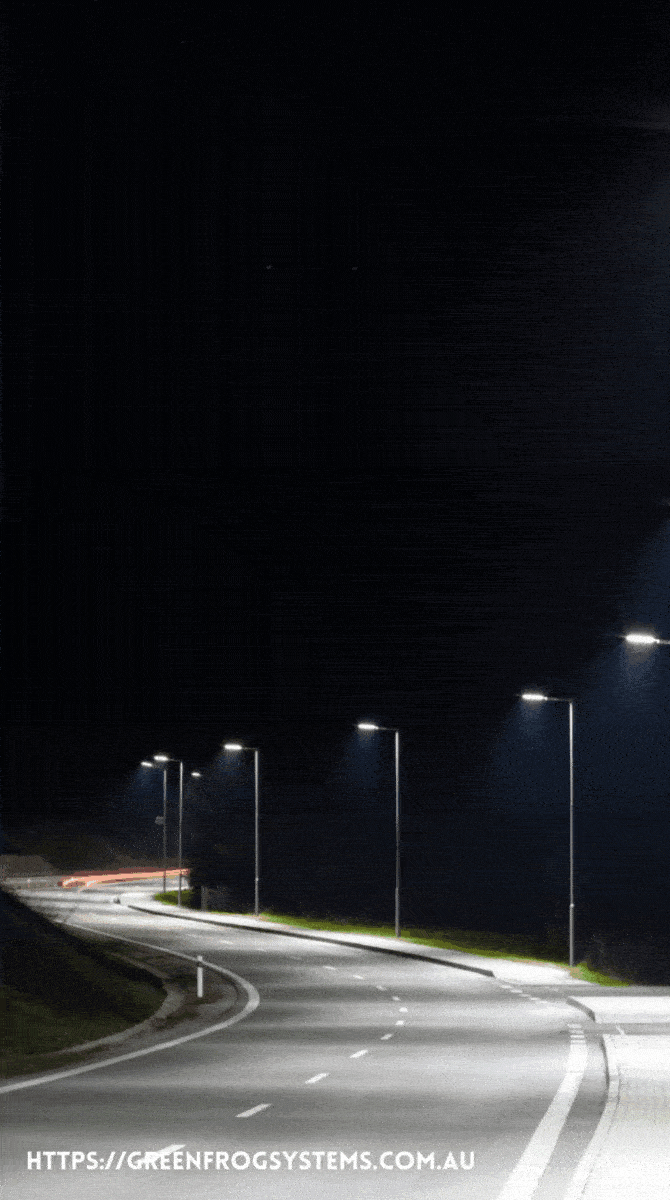

If you have installed light bulbs, they will normally need 120 lumens. If you are installing path lights along the walkway, 100 to 200 lumens is recommended. The lumens of solar street lights vary depending on the street lighting application. To illuminate residential areas with brighter light, the average is 5000 lumens.
Landscape LED spotlights, which are generally accent lighting for shrubs, signs, and architecture, can range from 100 to 300 lumens. Solar-powered LED spotlights have come a long way in terms of clarity, durability and brightness. A common mistake is to compare the wattage between LED units and their incandescent and fluorescent counterparts. Power is a function of energy consumption, not brightness.
Difference in lumens between LED and incandescent bulbs
The appropriate indicator for outdoor lighting comparisons is the lumens or candle feet, which measure the brightness of the light. A typical simple LED light bulb will emit the equivalent of a 2 watt bulb. For comparison, a 100 W incandescent bulb produces about 1700 lumens, or about 17 lumens per watt, while LED lights produce between 65 and 90 lumens per watt. This is equivalent to LED lights being about five times more energy efficient.
How to pick the right bulb?

Lumens are now used to measure the brightness of LED, halogen bulbs and CFL (compact fluorescent light) bulbs. If you want to know how many lumens you need, you’re probably looking for LED bulbs to modernize lighting fixtures. Whether you’re interested in light quality or energy efficient benefits, it’s time to start thinking in terms of lumens when it comes to lighting your outdoor space. An LED flashlight with 10 lumens has a low level of light output, making it ideal only for close work, such as looking at something in a dark corner or under the sofa.
My idea is to place two solar ground lights between these two areas with enough capacity to almost flood them with light. There are still a lot of people who measure light output in watts, so don’t worry if you’re still used to doing it that way. If you don’t want to buy a new lighting fixture and simply want to replace the existing light with an LED bulb. In contrast, lumens measure the intensity of light and not the amount of electricity a lamp consumes.
Are Solar LED lights getting better?

Today’s outdoor solar LED lights continue to improve in quality, durability and, of course, brightness. Lumen is a unit of measurement for the light visible to the human eye or the intensity of the glow emitted by a light per unit of time. For those who want to get technical, what they need is insolation, which is a measure of the amount of solar radiation energy that lands on a surface in a given time.
Are solar LED lights safe?
A motion sensor light that lights up when you’re walking to your car or driving upwards is an excellent safety option. Lumens have replaced watts to become the new measure of light because a bulb with higher power doesn’t mean it will produce brighter visible light. Depending on the recording area where you are lighting, it’s the key to knowing what intensity of light you need.







